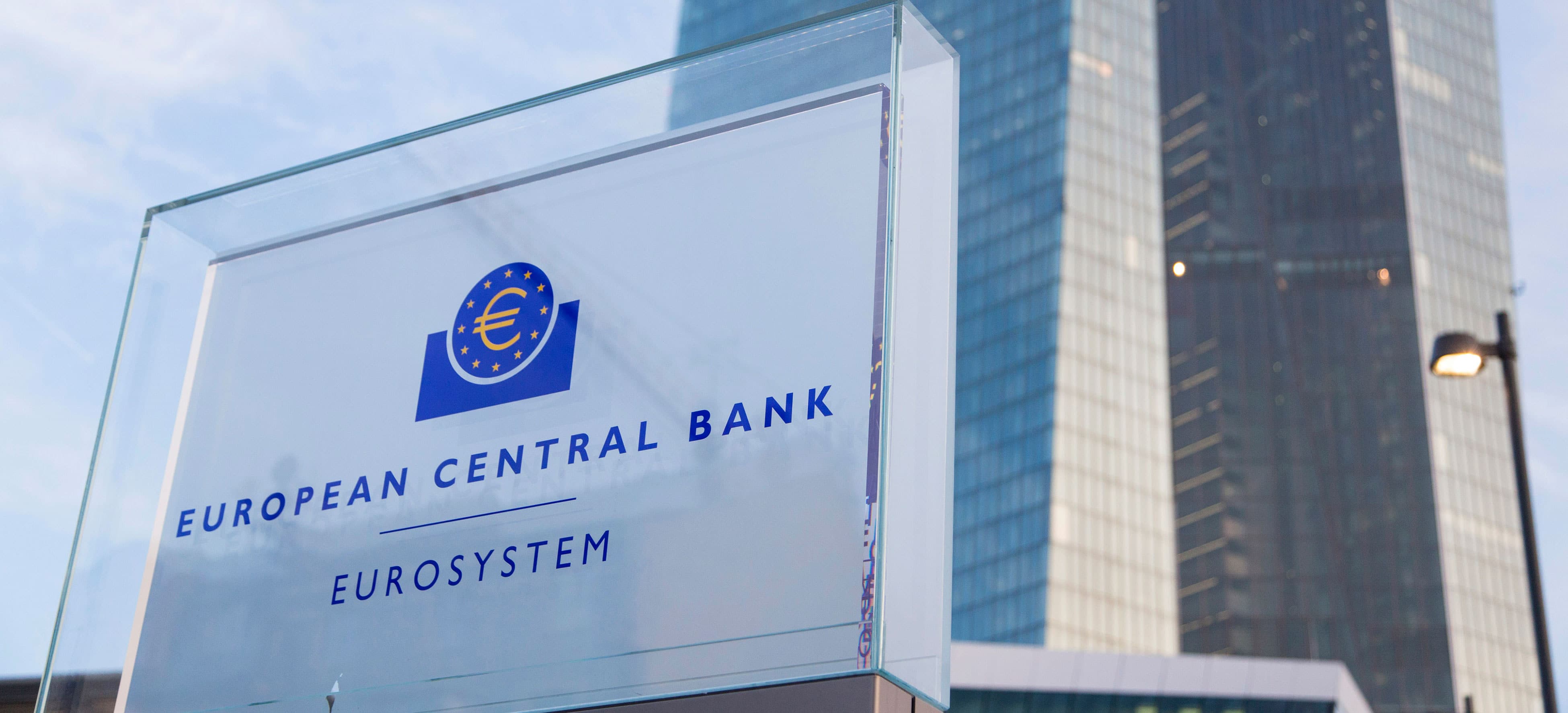This article was written by Clive Arneil and David Dixon. More about the authors at the end of the article.
After the fallout from the European Central Bank (ECB), the euro is at a crossroads – on one side is a move lower with the divergence play restarting after stalling last Thursday, while on the other, a move away from potential parity to the Greenback.
As I stated last week, the EUR/USD pair had been confined in a band of 1.0800/1.1450 until recently and that had held for close on 6 months and we could have moved back to at least the bottom of that range of consolidation to effectively tread water perhaps until next year.
As the dust settles let’s take a moment to reflect on the main events of last week. Mario Draghi delivered on his promise of more stimulus from the ECB by cutting the deposit rate by 10 basis points to a charge of 30 bps to hold euros on deposit at the ECB while extending the current level of QE €60 billion to run until at least March 2017 (previously September 2016).
This is substantial, as a further €360 billion over 6 months and of course open ended, meaning the programme could extend beyond March 2017. Does this sound like a central bank that is comfortable with current economic conditions in the Euro zone and will be expecting to raise rates anytime soon?
Of course the answer is a resounding no. If as reported, the reason for not even more stimulus as the market had expected was dissent from some ECB quarters alongside the Bundesbank, then we should expect a period of reflection on what effect QE is having on inflation. What if inflation shows no further signs of moving back to the 2% goal – will we see further measures? At the very least any thoughts of unwinding will not be on the table until March 2017.
Across the pond the US NFP numbers were solid showing a continuing strong pace of hiring in the world’s largest economy with wage increases of over 2.25% on an annualised basis. The Fed is almost certain to hike on December 16th and of course this won’t be the only interest rate increase but the first in a series of moves while the ECB at the very least sits tight.
I said last week that I thought EUR/USD had moved too far too fast at below 1.0600 and now that we have rebounded to 1.0900 it is worth considering the raised cost of holding euros is likely to increase the use of the single currency as a funding vehicle for investment in other higher yielding currencies when market participants are happier to take risks. The simplest way to gauge this is by keeping an eye on the stock markets, when they go up expect increased currency risk taking and vice-versa.
I expect this coming week to be quite volatile and will be watching the correlation of euros to S&P 500 to see if the market is reacting the way I expect. The possible “fly in the ointment” is whether the over short euro players have been washed out and now square or are there more to be culled. If there is more short euro covering needed then 1.1000/50 is the next level of resistance should we break past last week’s high of 1.0975.
Moving forward, I continue to like the idea of being short euros but am concerned with increased Volatility against the Greenback in particular. I like the idea of being short Swiss and expect the SNB to do as much as possible to weaken the CHF which could start this week by a cut in the libor rate further into negative territory from currently -0.75%. Judging by a move out of Swissy late last week in the market post ECB meeting, a cut is not expected, however we all know how the National bank can catch the market off guard!
I continue to feel the BOJ is not keen to provide any further monetary stimulus to the Japanese economy and is on hold, which should lead to a strengthening of JPY on the crosses. Consequently I am looking to add to a small EUR/JPY (134.25) position at or near 134.50/135 and short CHF/JPY above 125 if possible after the SNB meeting.
I picked up EUR/GBP as the “hedge” I mentioned last week and have exited just above 0.72 as I am unsure on sterling’s immediate direction from here. I am neutral for now though I do expect Cable to fall through 1.50 in the weeks ahead once Greenback strength reappears and will look to consider short at 1.5250 should we get there.
The Aussie has pushed past the 0.7300 resistance I felt would hold and looks underpinned now at that level in the short-term. I am neutral here, though closely watching AUD/NZD that did push past resistance at 1.0950/1.1000 but then sank to close the week below 1.0900. The RBNZ meets this week and a push back to the resistance level could occur and if not broken to the upside I will be looking to target a move back down to 1.0500.
So to sum up, I expect continued volatility as we move towards the Fed meeting next week and further into December with Liquidity further reduced. It is without doubt a time to carefully consider any positions on the table, be prepared to move quickly while keeping stops tight and the size smaller than normal. December is always skittish and this year is shaping up that way already.
Clive Arneil, Viper Wealth Creation

Worked for major brokers for over 20 years trading most instruments in the foreign exchange and derivatives markets.
Brokered deals on behalf of some of the world’s largest banks including Barclays, Citibank, UBS, NatWest and the Bank of England.
Worked mainly in the UK but also in Switzerland, Germany and the U.S.
Retired from the money market at the age of 40 and then worked as a financial data feed specialist supplying market data to banks, brokers and spread-betting companies.
From there he went on to teaching people the skills required to master today’s volatile markets not just in the U.K but also in Singapore, Dubai, South Africa, Germany and Italy.

David Dixon, Viper Wealth Creation
1980 – 2000, NatWest spot, forward and derivatives trader.
Responsibilities included taking on proprietary positions on behalf of the bank in the 'interbank market' with trades in multiples of millions of dollars, and on occasion billions.
2000 – 2006 he advised corporate and private clients on various financial matters.
2006 – present, David has been working with Clive.

















